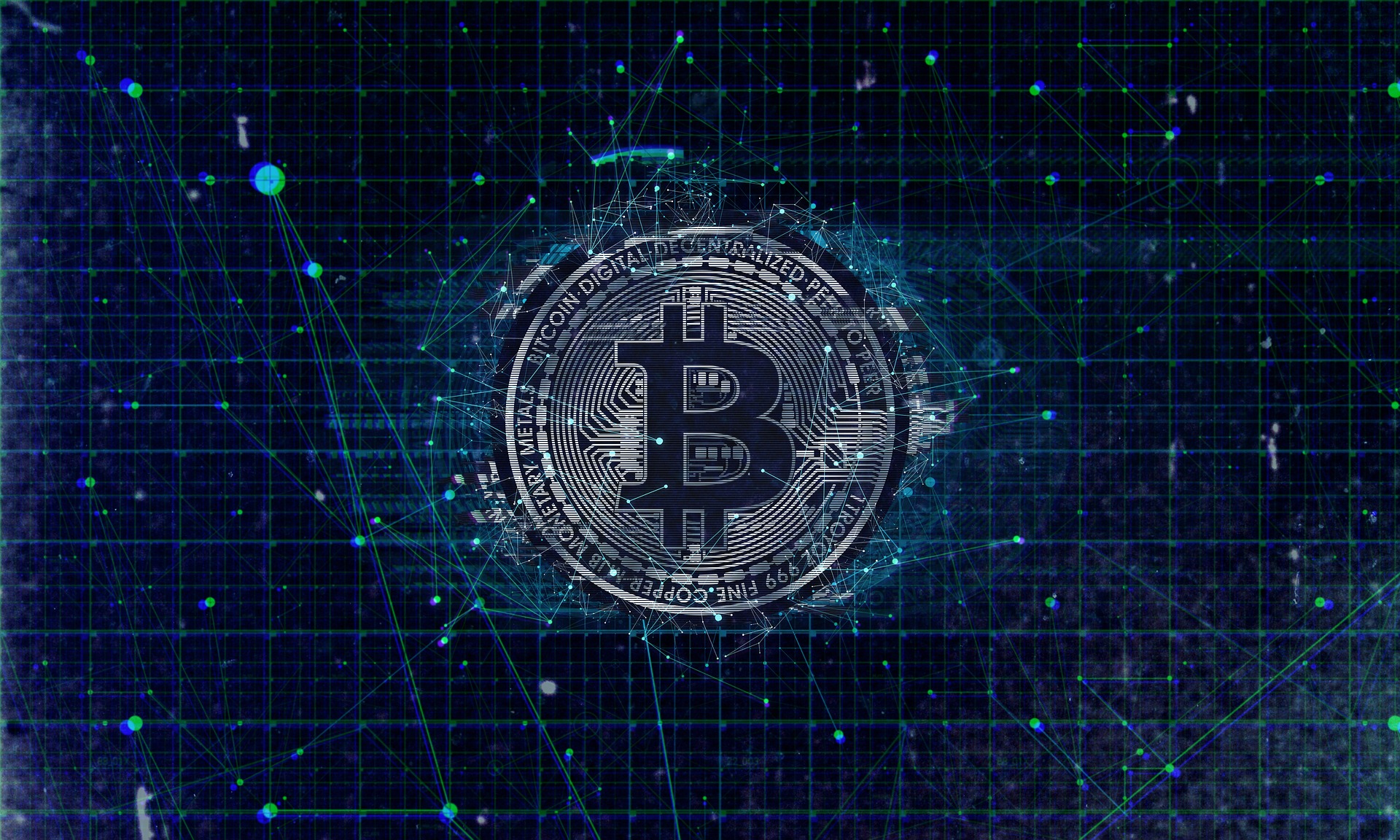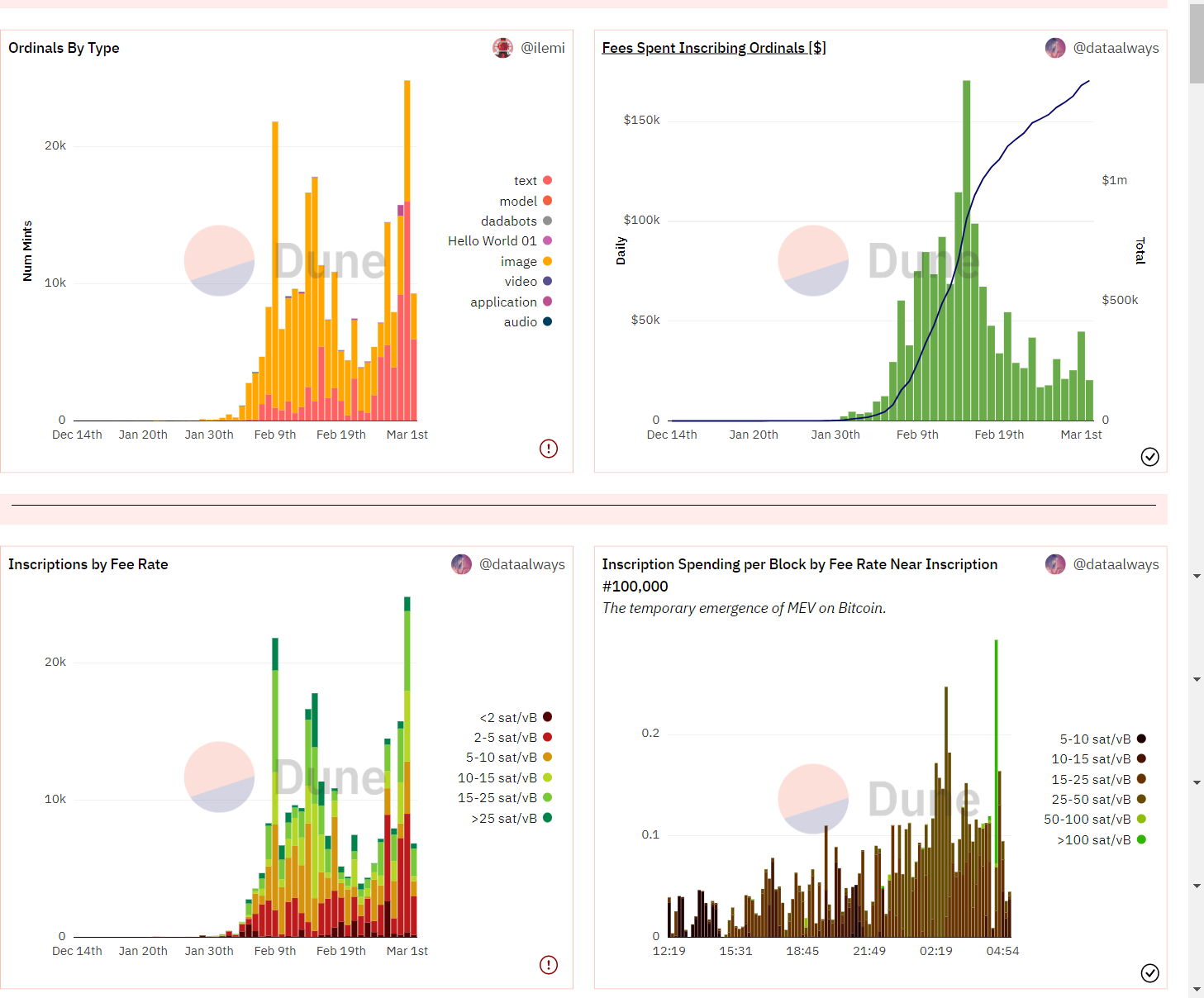How Ordinals showed that Bitcoin can evolve with time


While the true identity of Satoshi Nakamoto, the pseudonymously named creator of Bitcoin remains unknown, his primary purpose in creating the flagship cryptocurrency has never been a mystery. He created Bitcoin as a peer-to-peer version of electronic cash to take back financial control from institutions that act as trusted third parties to process electronic payments.
The goal was crystal clear: create a trustless system of electronic transactions. The study of the Bitcoin Whitepaper further shows that Bitcoin was designed to focus exclusively on financial transactions.
In fact, Nakamoto had previously resisted adding other use cases to the leading cryptocurrency. In 2011, the pseudonymous creator of Bitcoin rejected the idea of integrating a Domain Name System (DNS) into Bitcoin called BitDNS, saying that combining all proof-of-work consensus systems into one data set would not be scalable.
“The primary goal behind the creation of Bitcoin was to serve as a medium of value transfer,” Sebastian Jan Menge, co-founder of FitBurn, said in a statement. However, this goal has evolved many times over the past decade.
Early crypto enthusiasts largely bought into the idea that Bitcoin’s canonical hard cap of 21 million coins would make it a hedge against inflation. This led to the cryptocurrency gaining a certain reputation as “digital gold”, or a sound store of value.
Even Goldman Sachs put forward the “store of value” thesis for Bitcoin. However, that narrative failed recently when Bitcoin plunged 75% despite inflation rising to record highs.
Crypto believers then switched to the narrative that the leading cryptocurrency is a way to protect against “currency debasement.” This basically means that when central banks create more money, Bitcoin’s value will rise because the new money reduces the value of the money already in circulation.
This narrative has also already failed. Central banks around the world continue to raise interest rates and shrink balance sheets, reducing the supply of money. If Bitcoin was a hedge against monetary deterioration, it shouldn’t be up 40% year-to-date despite the decline in the money supply.
Come in, NFTers. The recent arrival of the Ordinals protocol has unleashed a new narrative of NFTs and smart contracts on the Bitcoin blockchain, creating some much-needed buzz in the usually quiet world of Bitcoin.
Bitcoin NFTs: What Are Ordinals?
Bitcoin Ordinals is a new protocol designed and deployed by former Bitcoin Core contributor Casey Rodarmor that enables users to explore, transfer and receive individual satoshis, the atomic unit of Bitcoin, which can include unique data.
The protocol uses “inscriptions,” which are arbitrary content such as text or images that can be added to sequentially numbered satoshis to create unique “digital artifacts.” These artifacts, which are NFTs in effect, can be held and transferred over the Bitcoin network like any other stake.
“Ordinals are a numbering scheme for satoshis that allows the tracking and transfer of individual stakes. These numbers are called ordinal numbers. Satoshis are numbered in the order they are mined, and are transferred from transaction inputs to transaction outputs on a first-in-first-out basis,” according to Ordinals- the documentation.
Both the numbering and transmission schemes depend on sequence. The numbering scheme is based on the order in which satoshis (Bitcoin units) are mined, while the transfer scheme is based on the order of transaction inputs and outputs. That is why they are called “Ordinals”.
Ordinals won the hearts of many despite initial setbacks
Initially, the Ordinals project sparked some controversy among Bitcoinists. So-called Bitcoin purists lashed out at the project, arguing that Bitcoin was designed to focus solely on financial transactions and that other features may come at the expense of scalability and higher costs.
“Bitcoin is designed to be censorship resistant. This doesn’t stop us from mildly commenting on the sheer waste and stupidity of a coding. At least do something effective,” Blockstream CEO and long-time Bitcoiner Adam Back so.
On the other hand, supporters noted that it could attract more people and expand the Bitcoin network’s use cases. First, Dan Held has described it as a net benefit for Bitcoin, saying“It brings more economic use cases to Bitcoin and increases the demand for block space (aka fees).”
Nevertheless, Ordinals proved to be a hit, taking the Bitcoin blockchain by storm. Since January, more than 252,000 Ordinals have been entered into the Bitcoin network, generating more than $1.42 million in fees for miners, according to a Dune Analytics dashboard.

Robert Quartly-Janeiro, Chief Strategy Officer of crypto exchange Bitrue, said that the Bitcoin community’s preference for Bitcoin Ordinals “remains a matter of conjecture,” as it depends on the needs and desires of the broader user base. He added:
“Although innovative, there is a risk of diluting faith in Bitcoin by using the smallest denomination of it and looking to profit from its value by swapping out a name – nor is it a straightforward process to achieve it.”
Quartly-Janeiro mentioned that if the success of the Ordinals project is community-led, it indicates that Bitcoin is “inherently adaptive and can evolve over time to accommodate new use cases. The acceptance of Ordinals on the network is a testament to this adaptability and serves as a good indicator for the network’s future growth.”
However, there is a long way to go before Ordinals become what NFTs are to the Ethereum blockchain, according to Simon Davis, CEO and co-founder of Mighty Bear Games. “The wallets aren’t there yet and they can’t trade properly through a marketplace. Ordinals have to be traded over the counter, which is very risky right now,” he said in a comment.
Davis noted that he does not see a rivalry between Ethereum and Bitcoin based on the introduction of NFTs. “More utility for BTC can only be a good thing for the ecosystem, as it has the deepest liquidity of any cryptoasset class. Getting the BTC crowd interested in tech and on-chain asset applications should help the space overall,” he added. .
Did Ordinals Affect Bitcoin Price?
The arrival of the Ordinals protocol coincided with a huge jump in the price of Bitcoin. Since January 20, when Rodarmor officially launched the program on Bitcoin’s mainnet, the OG cryptocurrency has increased by around 12% even despite a series of aggressive regulatory actions by the US government.
While it is uncertain whether the latest rally is related to Ordinals, the project is considered a favorable development from an investor perspective, according to Bryan Courchesne, founder and CEO of DAIM, a crypto asset management firm.
Courchesne noted that Bitcoin has long been touted as digital gold, a digitally scarce store of value. Critics have argued that, like gold, it has no utility value and therefore the value proposition is weak. “Ordinals help change that,” he said, adding:
“Adding Bitcoin’s element of programmability shows that the digital asset can be more than a digital store of value. You can argue the merits of Ordinals, but the crypto space has previously responded positively to artistic expression stored on a blockchain.”
“Just as NFTs generated billions of dollars of on-chain economic activity, Ordinals could do the same. And this is just one sign of things to come. Who knows what future upgrades may bring?” Courchesne said.
“We know that through all of this, Bitcoin will maintain its status as a digitally scarce hard asset with a proven track record. We believe that Ordinals only enhance the investment case.”
Ordinals Rekindle Interest in Bitcoin Development: Is DeFi Next?
After the arrival of Ordinals, building products on Bitcoin saw a sharp increase. This led to an increase in the average Bitcoin block size as more users began to join the network, research firm FSInsight said in a report earlier this month.
The report noted that Ordinals, which have caused higher fees per block, could eventually create a sustainable demand for block space. This may address a reasonable criticism of Bitcoin’s security model, which is the lack of miner revenue attributable to fees.
Furthermore, the excitement surrounding NFTs on Bitcoin has brought new experiments to the network, including several attempts to bring DeFi to the OG cryptocurrency. In particular, Ordinal’s success has renewed interest in the Stacks ecosystem.
Stacks is a project that seeks to unlock the full potential of the Bitcoin blockchain by bringing smart contracts and decentralized applications. Originally known as Blockstack, but renamed Stacks in 2020, the project was designed as a layer-1 solution using Bitcoin as the base layer.
The platform is powered by the Stacks (STX) token, which powers the execution of smart contracts, the processing of transactions and the registration of new digital assets. The token has gained more than 162% in the past month, data from CoinGecko shows.
Nikolay Denisenko, co-founder and CTO of Brighty, a neo-digital banking app, said the Bitcoin community has been anticipating the arrival of decentralized applications, arguing that these would benefit the entire ecosystem. He said in a comment:
“They are expected to add more utility and encourage the development of commercial projects, and – potentially – draw in new developers and expand the range of use cases. As the most secure blockchain, Ordinals and smart contract capabilities will complement what Bitcoin has to offer.”
It is unclear how important the new narrative of NFTs and smart contracts on the Bitcoin blockchain will be. Nonetheless, the fact that Bitcoin advocates can shift from one narrative to another shows that the leading cryptocurrency can adapt to changing times.
























